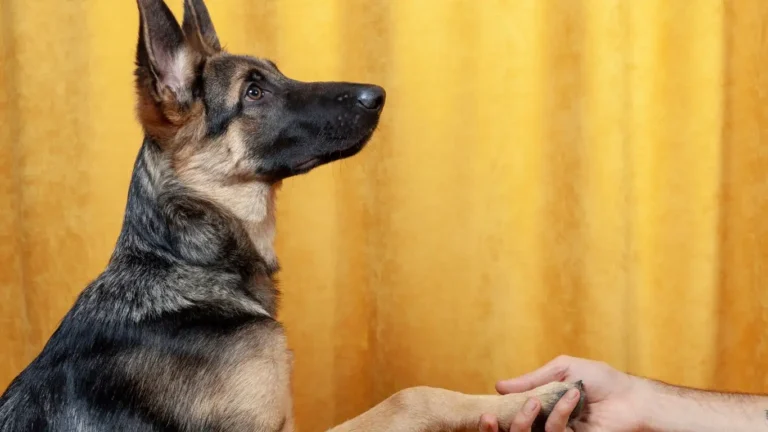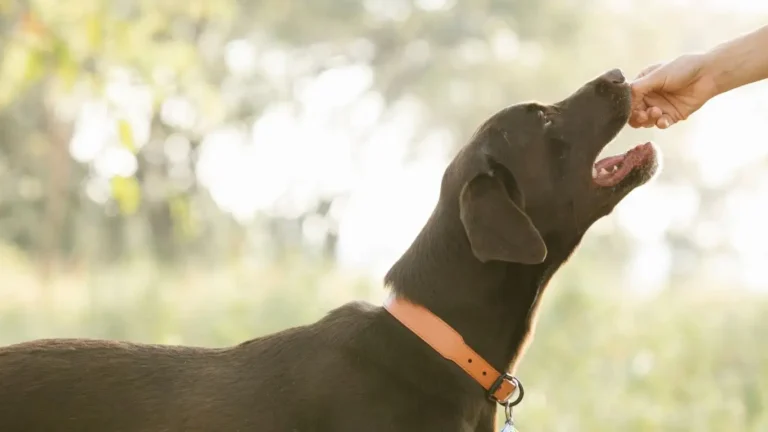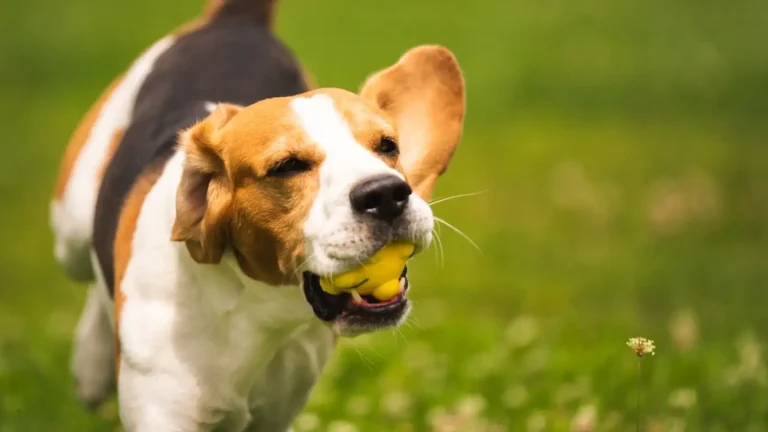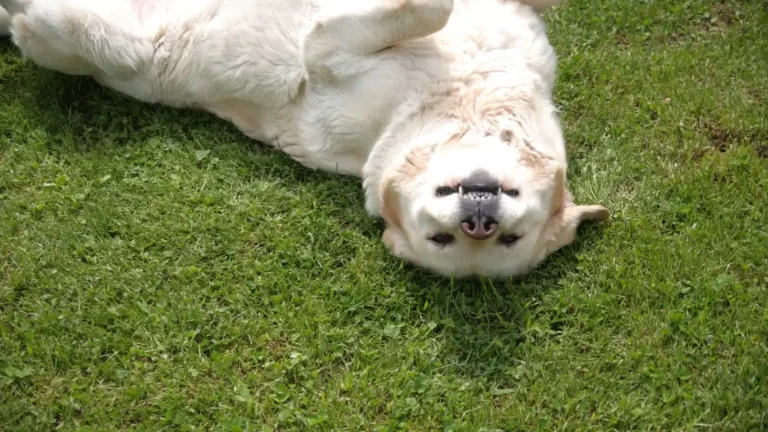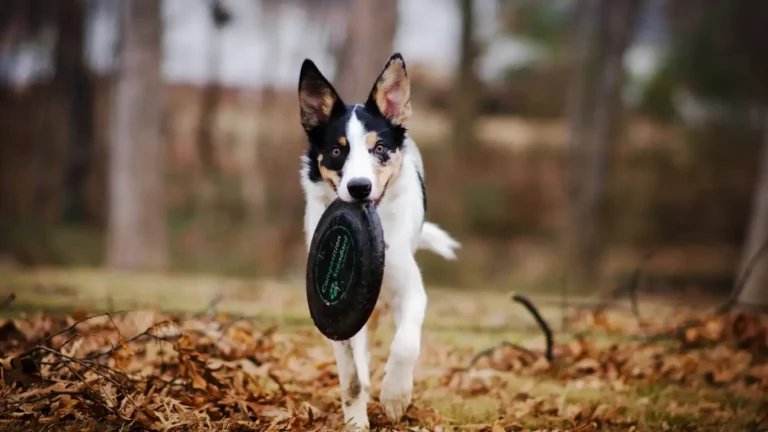How to Train a Dog to Go to Bed on Command for Calm, Happy Pets
Training your furry friend to go to bed on command might sound like a simple trick, but from my years as a Canine-Assisted Therapy Trainer, I can tell you—it’s way more than just a neat party trick. It’s about establishing clear communication, building trust, and giving your dog a cozy, safe space they recognize as their own. Whether you’ve got a puppy just learning the ropes or an older dog who needs a little refresher, teaching this command can make life easier for both of you, especially in busy households or therapy settings.
Why Teaching Your Dog to Go to Bed on Command Matters
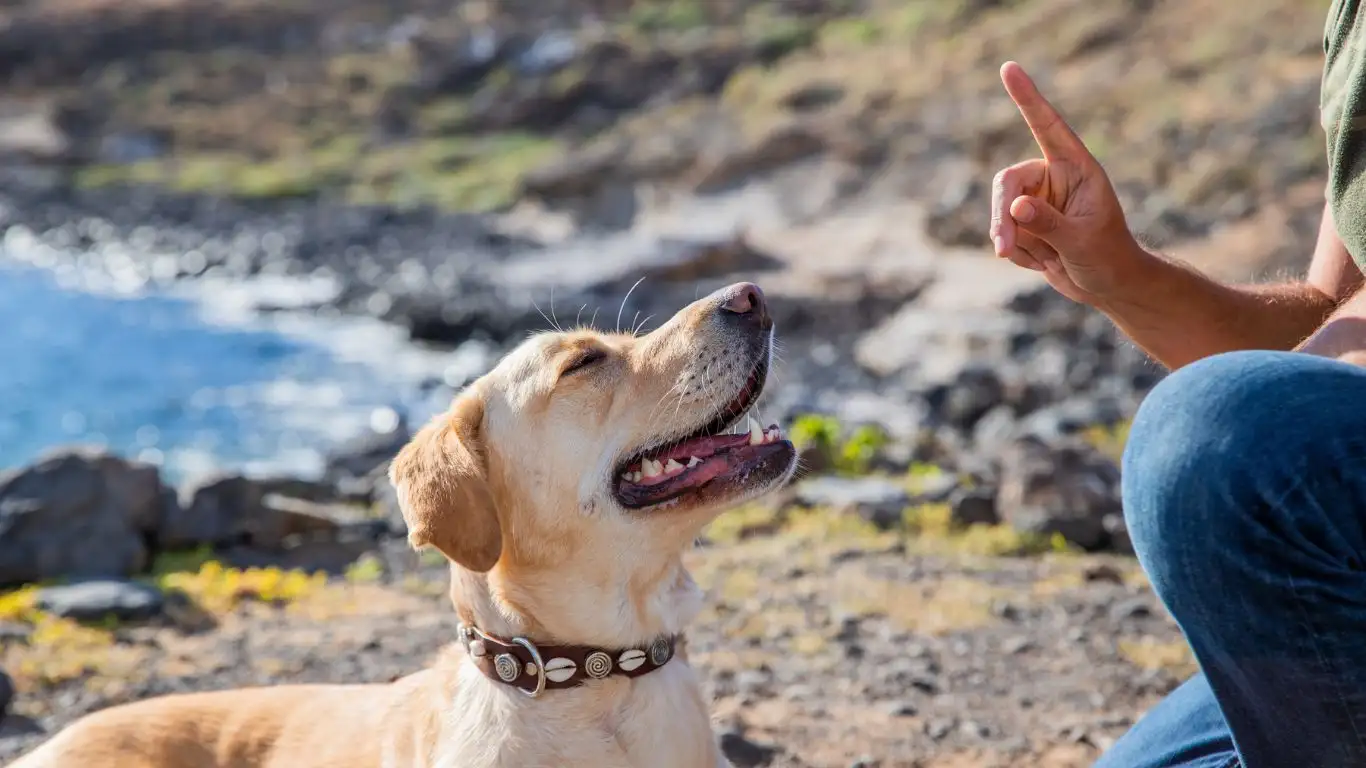
Think about it—having a reliable “go to bed” cue helps with managing your dog’s behavior in a way that’s gentle and respectful. From my experience, dogs thrive on routine, and a designated bedtime spot gives them a consistent place to relax, which can reduce anxiety and overstimulation. In therapy work, this command is invaluable because it keeps the dog calm and focused during sessions, making the environment more peaceful for everyone involved.
And, honestly, it’s a lifesaver at home. When guests arrive, during mealtime, or even when you just need a moment of quiet, sending your dog to their bed can prevent unwanted jumping or pacing without any stress or confusion.
What You’ll Need to Get Started
Before diving in, let’s make sure you’ve got the basics covered. The right setup makes all the difference:
- A comfy, clearly defined bed or mat: Choose something that’s just for your dog—this is their personal spot.
- Tasty treats: Small, smelly rewards work best. I always recommend using something your dog absolutely loves to keep motivation high.
- A quiet environment: Minimize distractions so your dog can focus on learning the new command.
- Patience and a positive mindset: Remember, every dog learns at their own pace. Consistency is key!
Step-by-Step Guide: How to Train a Dog to Go to Bed on Command

Step 1: Introduce the Bed as a Positive Place
Start by encouraging your dog to explore their bed. You can toss treats onto it or use a favorite toy to lure them over. In my sessions, I often say something like, “This is your special spot,” while guiding them gently. The goal here is for the bed to feel welcoming and safe.
Step 2: Add the Verbal Cue
Once your dog comfortably goes to their bed when lured, it’s time to add a command word. I usually pick something simple like “bed,” “place,” or “go to bed.” Each time you encourage your dog onto the bed, say the cue clearly and cheerfully. Repeat this several times so your dog starts associating the word with the action.
Step 3: Reward and Reinforce
As soon as your dog settles on the bed, reward them immediately. This positive reinforcement is what makes them want to do it again. From my experience, timing is everything. Treats given right after the behavior teach dogs that going to bed on command equals good things happening.
Step 4: Practice and Patience
At this stage, practice the command in short, frequent sessions. Keep training fun and upbeat, never forcing your dog or rushing the process. I often remind my clients, “Consistency beats intensity.” It’s better to do a few minutes a day than a long, stressful session.
Common Challenges and How to Overcome Them
Sometimes dogs might ignore the command or get distracted, especially in the beginning. From what I’ve seen, here’s how to tackle those hurdles:
- Distraction: Train in a calm space first, then slowly add distractions as your dog gets better.
- Lack of interest: Use higher-value treats or playtime as a reward to boost motivation.
- Resistance to the bed: Try making the bed more comfortable or placing it in a cozier spot.
Making the “Go to Bed” Command Stick: Tips for Long-Term Success

Now that you’ve got the basics down, the real magic happens when you make this command a natural part of your dog’s daily routine. From my hands-on experience working with therapy dogs and everyday pups alike, consistency and context are what truly cement good habits. Dogs learn best when they understand not just the command but when and why it’s used.
Incorporate the Command Into Everyday Life
Don’t limit the “go to bed” command to just training sessions. Use it during different parts of the day—before mealtime, when visitors come over, or even during quiet downtime. This variety helps your dog realize the command isn’t just a game but a useful, real-life instruction. I’ve seen dogs become more cooperative and relaxed simply because they know exactly where to go when the cue is given.
Gradually Increase Distance and Distractions
One key to solidifying this skill is teaching your dog to obey the command from further away and in different environments. Start by stepping back a few feet while giving the command, then slowly add distractions—like another person walking by or background noise. This gradual increase in difficulty makes your dog’s understanding stronger and more reliable.
In therapy work, this step is crucial because dogs are often in environments with many distractions. Training this way helped my therapy dogs stay calm and focused even in busy hospitals or crowded community centers.
Use a Release Word
Another important tip is introducing a release word like “okay” or “free” to signal when your dog is allowed to leave their bed. This creates a clear start-and-stop boundary for your dog’s behavior. From my experience, dogs respond well to knowing exactly when they can relax their “stay” and when it’s time to move again. It keeps them confident and less anxious.
Advanced Techniques to Reinforce Bed Training
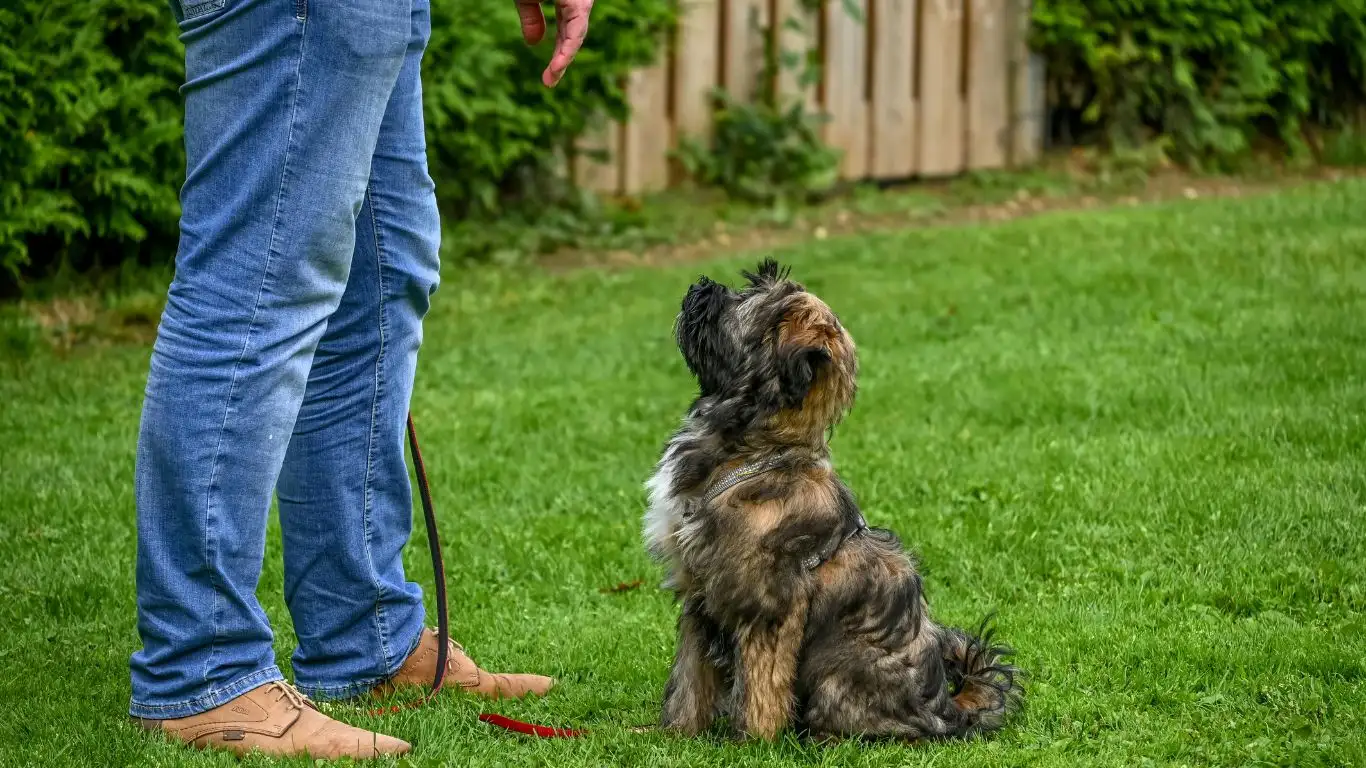
Adding Duration to the Command
Once your dog reliably goes to bed on command, the next step is teaching them to stay there for longer periods. This skill is especially helpful if you want to relax without interruptions or if your dog works as a therapy animal and needs to remain calm during sessions.
To train this, start by asking your dog to lie down on their bed and then wait just a few seconds before rewarding them. Gradually increase this waiting time as they get more comfortable. I like to think of it as building patience muscle by muscle—slow and steady wins the race.
Using Hand Signals Alongside Verbal Commands
Many dogs pick up on visual cues faster than verbal ones, so pairing your “go to bed” command with a hand signal can make training even more effective. For example, a flat hand motion toward the bed or a gentle finger point works well. Combining verbal and non-verbal signals strengthens communication, especially in noisy or distracting environments.
During therapy sessions, I often rely on hand signals to avoid disturbing the calm atmosphere. This dual-cue approach helps dogs respond quickly and confidently, even when they can’t hear me clearly.
Creating a Comfortable and Inviting Bed Area
One thing that’s often overlooked but makes a huge difference is how inviting the bed itself feels. From experience, a bed that’s too hard, cold, or in a busy spot can discourage your dog from wanting to use it. Try adding a soft blanket, placing the bed in a quiet corner, or even adding a favorite toy to make it a cozy retreat.
Dogs are creatures of comfort, and they’ll be way more motivated to “go to bed” if it truly feels like their special place. If your dog seems hesitant, experiment with different bedding or locations until you find the sweet spot.
Common Mistakes to Avoid When Training “Go to Bed”

Being Inconsistent with Cues
One of the biggest stumbling blocks I see is inconsistent use of the command or using different words that confuse the dog. Stick to one clear command and be sure everyone in the household uses the same word. Consistency builds trust and clarity, which is what your dog really needs to succeed.
Rushing the Process
Training takes time. It’s tempting to want results overnight, but forcing your dog or pushing too hard can backfire and cause frustration for both of you. I always remind my clients that patience and positivity create lasting results. Celebrate small wins and keep sessions short but frequent.
Using Negative Reinforcement
Never use punishment or harsh tones if your dog doesn’t immediately get the command. Training with kindness and positive reinforcement is proven to be more effective and builds a stronger bond. If your dog resists, try to find out why and adjust your approach accordingly.
Troubleshooting and Fine-Tuning Your “Go to Bed” Training
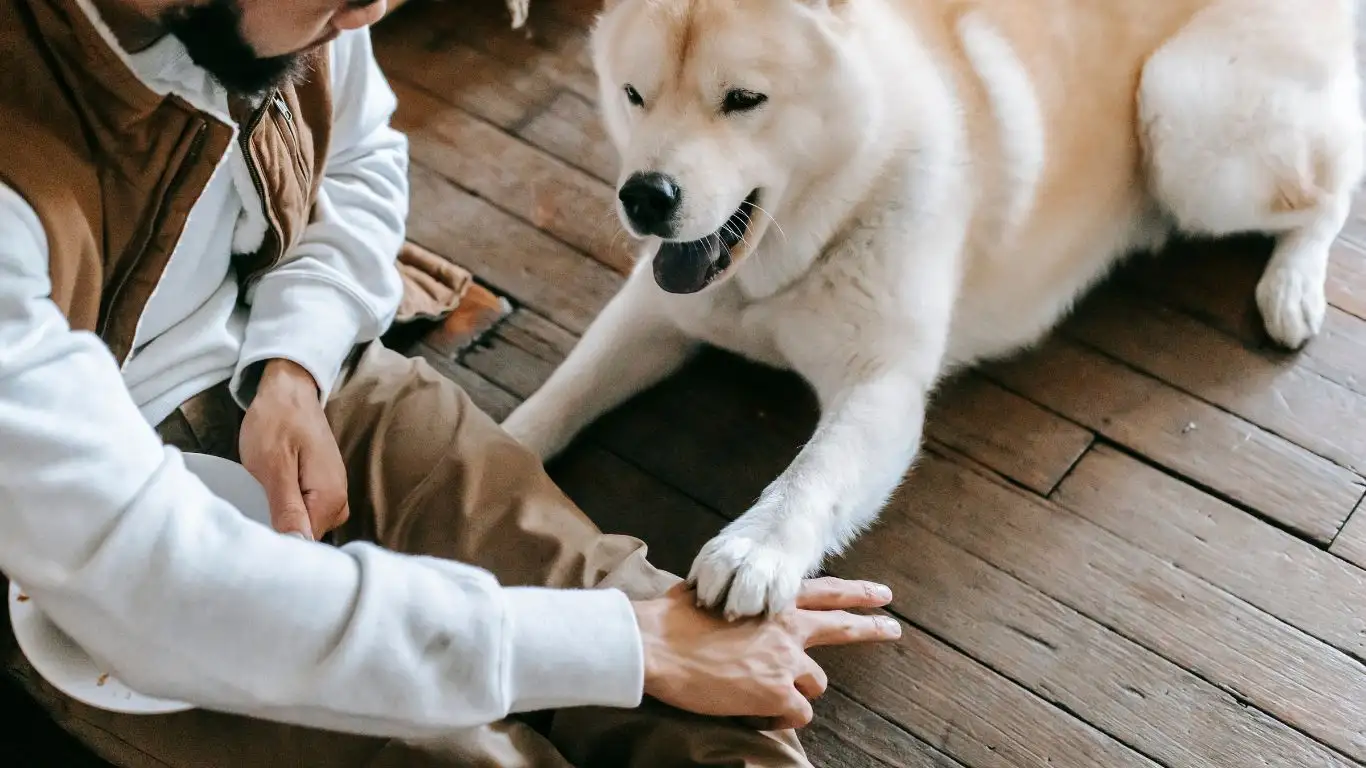
Even with the best intentions and careful training, sometimes things don’t go exactly as planned—and that’s totally normal. Over the years, I’ve worked with countless dogs and their humans, and I can tell you that patience and adaptability are the secret ingredients to overcoming those bumps in the road. Here are some common hiccups and how you can handle them without losing your cool.
When Your Dog Won’t Stay on the Bed
It’s frustrating when your pup jumps off right after you’ve spent time training them to settle down. If this happens, the first thing to check is whether your dog’s bed is truly comfortable and inviting—sometimes, the issue isn’t obedience but discomfort. I’ve found that adding a soft blanket or moving the bed to a quieter, less trafficked spot can make a huge difference.
If the bed is cozy and your dog still struggles to stay put, try shortening the duration of “stay” expectations and slowly build it up again. Rewarding every second of patience reinforces the behavior positively, and trust me, your dog will catch on faster when it feels like a game rather than a chore.
Dealing with Distracted or Hyperactive Dogs
Dogs that are full of energy or easily distracted can make training a bit tricky, but it’s far from impossible. One trick I use is to exercise your dog before training sessions— a quick walk or some playtime helps burn off excess energy, making them more focused. Also, training in a low-distraction environment at first lets your dog really hone in on the command before testing it out in more stimulating settings.
Consistency is also key. The more you repeat the command calmly and clearly, the more your dog will learn to tune out distractions and respond reliably. If you ever feel stuck, breaking training into short, fun sessions helps maintain both your and your dog’s enthusiasm.
Benefits of Mastering the “Go to Bed” Command Beyond Training
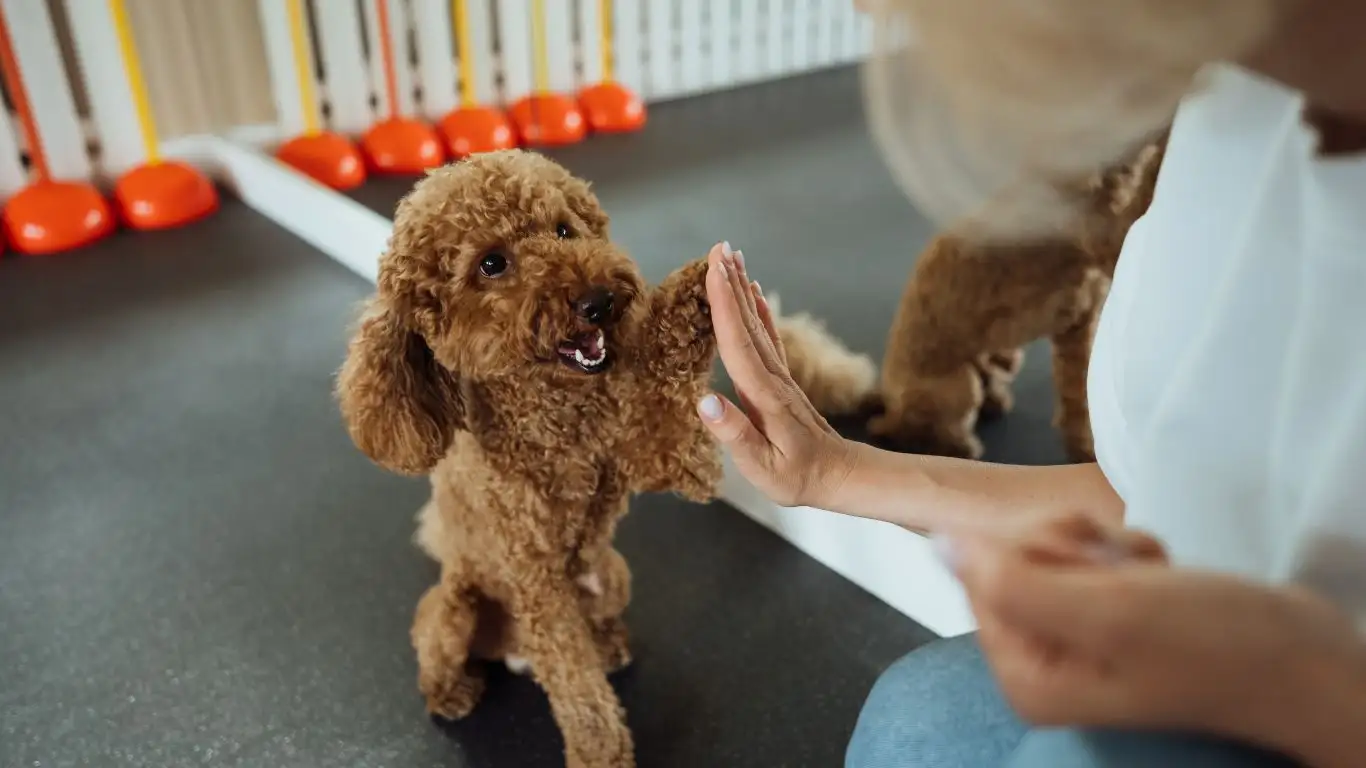
From my hands-on work with therapy dogs to everyday companions, I’ve seen firsthand how this simple command impacts more than just obedience. It fosters a deeper connection between you and your dog because it’s built on clear communication and mutual respect.
For one, it provides your dog with a safe, consistent space that can reduce anxiety, especially in busy or overwhelming environments. When dogs know they have a designated “safe zone,” they tend to feel more secure and relaxed. This is something I often emphasize when training dogs who support people in therapeutic settings.
Additionally, the command can help manage behaviors that might otherwise be stressful—like barking at visitors, jumping on guests, or following you around the house nonstop. Sending your dog to their bed redirects their attention calmly and effectively without needing to raise your voice or use force.
On a personal note, teaching therapy dogs this command has made a huge difference in the success of sessions. When the dog can settle down calmly, clients feel more at ease, and the entire interaction flows smoother. This kind of trust and calmness doesn’t happen overnight but develops through consistent, kind training.
Using “Go to Bed” to Enhance Other Training
Once your dog is solid with this command, it opens doors for more complex behaviors and training routines. For example, it makes teaching “stay,” “wait,” or even “leave it” much easier because your dog understands the concept of settling and staying put. It’s a foundational skill that pays dividends across many areas.
Also, having a go-to spot helps during travel, vet visits, or when introducing your dog to new people or places. Knowing they have a “bed” to return to reduces stress and gives them a familiar anchor no matter the situation.
Final Thoughts and Encouragement
Training a dog to go to bed on command is a rewarding journey that strengthens your bond and makes daily life more manageable and joyful. It’s all about being patient, consistent, and kind, and adapting your approach to what your dog responds to best. Remember, every dog is unique, and what worked for one might need tweaking for another.
Stick with it, celebrate progress—no matter how small—and enjoy the moments of connection that come with teaching this important skill. From my personal experience as a Canine-Assisted Therapy Trainer, there’s nothing quite like seeing a dog learn to relax and trust you through this simple yet powerful command.
References
- Association of Professional Dog Trainers
- Cesar’s Way
- American Society for the Prevention of Cruelty to Animals
Disclaimer
The information provided in this article is based on personal experience and professional training expertise. It is intended for general informational purposes only and should not replace advice from a qualified veterinarian or professional dog trainer. Always consider your dog’s individual health and behavior needs before starting any training program.

